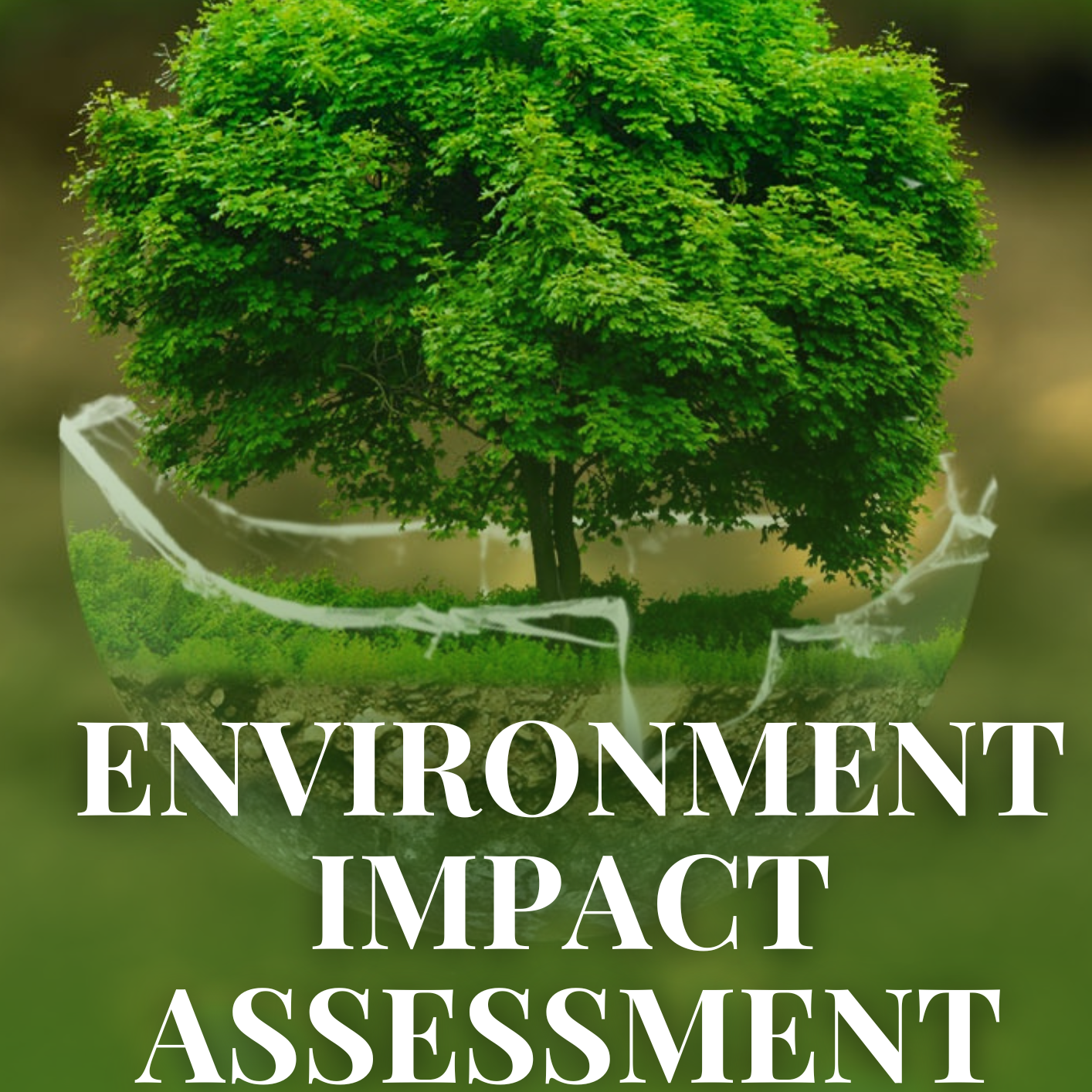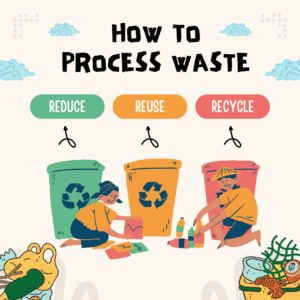Environmental conservation and sustainable development are critical to the well-being of current and future generations. In Kenya, the Environmental Impact Assessment (EIA) process plays a pivotal role in ensuring that proposed projects align with environmental sustainability. Whether you’re a developer, an environmental consultant, or just curious about the process, this step-by-step guide will break down the EIA process in Kenya in a straightforward, conversational way.
What is an Environmental Impact Assessment (EIA)?
An Environmental Impact Assessment (EIA) is a systematic process that evaluates the potential environmental impacts of a proposed project. It ensures that environmental factors are integrated into project planning and decision-making, in compliance with Kenyan regulations. The primary objective is to mitigate adverse environmental effects while promoting sustainable development.
In Kenya, the EIA process is regulated by the National Environment Management Authority (NEMA) under the Environmental Management and Coordination Act (EMCA), 1999, and the Environmental (Impact Assessment and Audit) Regulations, 2003.
Why is EIA Important?
- Legal Requirement: The EIA process is mandatory for all projects likely to have significant environmental impacts.
- Sustainability: It ensures that development projects do not compromise the environment or natural resources.
- Stakeholder Engagement: EIA provides a platform for public participation, ensuring that the concerns of affected communities are addressed.
- Avoiding Legal Penalties: Non-compliance can lead to project delays, fines, or even cancellation.
Step-by-Step Guide to the EIA Process
Step 1: Screening
Screening determines whether a proposed project requires a full EIA or if it falls under low-risk projects which require summary project report. Projects are categorized into three schedules:
- High-Risk Projects: Large-scale developments like mining, dams, or highways require a comprehensive EIA.
- Medium-Risk Projects: These may require a less rigorous Initial Environmental Examination (IEE).
- Low-Risk Projects: Small-scale projects with minimal environmental impact.
Key Actions: Submit a project report to NEMA outlining the scope and nature of the project.
Step 2: Scoping
Scoping identifies the significant environmental issues to be addressed in the EIA study. It involves:
- Determining the project’s geographical, social, and environmental context.
- Identifying potential environmental impacts.
- Developing Terms of Reference (TOR) for the EIA study.
Key Actions: Consult stakeholders and NEMA to approve the TOR.
Step 3: Baseline Study
A baseline study collects data on the current environmental status of the project area. This includes:
- Physical Factors: Climate, soil, water resources.
- Biological Factors: Flora, fauna, and ecosystems.
- Socio-Economic Factors: Community livelihoods, land use, cultural heritage.
Key Actions: Use surveys, field studies, and secondary data sources to establish baseline conditions.
Step 4: Impact Assessment
The impact assessment evaluates the project’s potential environmental effects. These include:
- Direct Impacts: Pollution, habitat destruction.
- Indirect Impacts: Secondary effects on communities or ecosystems.
- Cumulative Impacts: Combined effects of multiple projects in the same area.
Key Actions: Predict and quantify potential impacts, and classify them as positive, negative, short-term, or long-term.

Step 5: Mitigation Measures
Propose measures to prevent, reduce, or offset adverse environmental impacts. Examples include:
- Installing pollution control systems.
- Reforestation to offset vegetation loss.
- Developing waste management plans.
Key Actions: Incorporate mitigation strategies into the Environmental Management Plan (EMP).
Step 6: Public Participation
Public participation is a mandatory component of the EIA process in Kenya. It ensures that the views and concerns of stakeholders—including local communities—are considered.
Key Actions:
- Hold public meetings.
- Collect written submissions.
- Document stakeholder input in the EIA report.
Step 7: Submission of the EIA Report
The EIA report is submitted to NEMA for review. The report must include:
- Project description.
- Baseline data.
- Predicted impacts and proposed mitigation measures.
- Environmental Management Plan (EMP).
- Public participation findings.
- Proponent’s details: land ownership, approved plans, certified bill of quantities, Identification.
Key Actions: Ensure the report is prepared by licensed EIA experts.
Step 8: Review and Decision-Making
NEMA reviews the EIA report to ensure compliance with regulations and environmental sustainability. The decision-making process involves:
- Reviewing stakeholder feedback.
- Consulting relevant lead agencies.
- Issuing an Environmental Impact Assessment License if the project is approved.
Key Actions: Address any queries or additional requirements raised by NEMA.
Step 9: Monitoring and Compliance
Once the project is approved, ongoing monitoring ensures compliance with the EMP and regulatory conditions. Periodic Environmental Audits (EA) are conducted to:
- Track environmental performance.
- Identify and address emerging issues.
- Ensure continuous improvement.
Key Actions: Submit regular audit reports to NEMA.
Tips for a Successful EIA Process
- Engage Licensed Experts: Work with NEMA-registered EIA consultants for accurate and credible reports.
- Start Early: Begin the EIA process during the project’s planning phase to avoid delays.
- Involve Stakeholders: Ensure continuous engagement with affected communities and other stakeholders.
- Adhere to Regulations: Familiarize yourself with EMCA, 1999, and the EIA Regulations, 2003.
Conclusion
The Environmental Impact Assessment process in Kenya is a vital tool for sustainable development. By understanding and following the steps outlined above, project developers can ensure compliance with environmental regulations while safeguarding natural resources. Remember, sustainable development is not just about meeting regulatory requirements—it’s about protecting our planet for future generations.
For more information, visit the National Environment Management Authority (NEMA) website or consult licensed environmental experts.
References
- Environmental Management and Coordination Act (EMCA), 1999
- Environmental (Impact Assessment and Audit) Regulations, 2003
- National Environment Management Authority (NEMA): https://www.nema.go.ke


